Yamanote Line Map, Station Guide and Tips for Easy Travel

The JR Yamanote Line serves multiple major stations in Tokyo. Many of these enable smooth transfers to other lines, earning it the nickname "the artery of the Tokyo metropolitan area." We'll introduce several stations along the Yamanote Line and their surrounding attractions!
Tokyo's JR Yamanote Line: A Guide
1. Tokyo's JR Yamanote Line: Features and Highlights
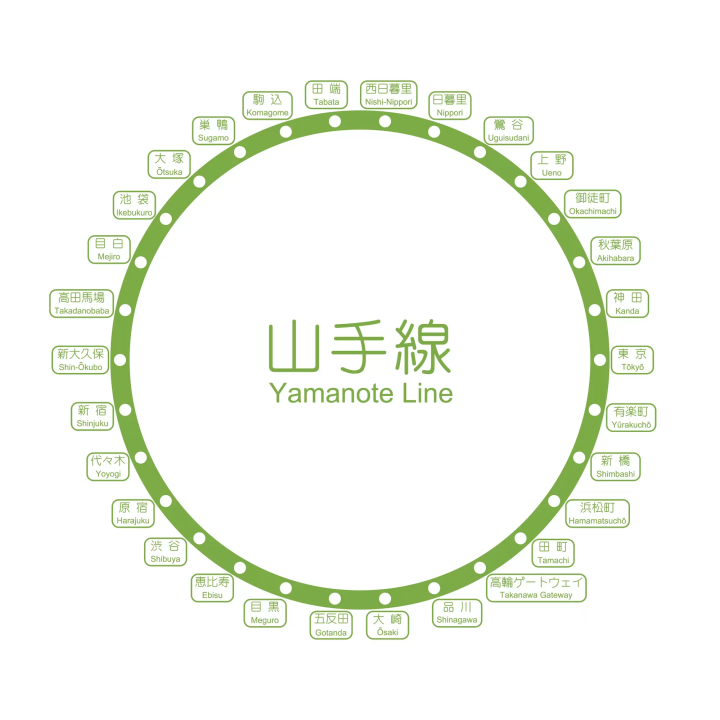
Tokyo's JR Yamanote Line is a circular train route serving 30 stations. In addition to the Toei Oedo Line, it is one of Tokyo's two major loop lines encircling the city center.
The Yamanote Line is approximately 35 kilometers long and divided into the "inner loop" (uchimawari, counter-clockwise) and "outer loop" (sotomawari, clockwise) directions, taking about 60 minutes to complete one loop.
The trains along the Yamanote Line stop at every station and operate in an infinite loop. This makes it less worrisome if you board in the wrong direction or miss your destination by failing to exit the station.
Furthermore, the distance between stations on the Yamanote Line is the shortest among the train lines operated by JR East, making walking directly to the next station and catching a train to other areas easy.
Read also
2. Tokyo Station
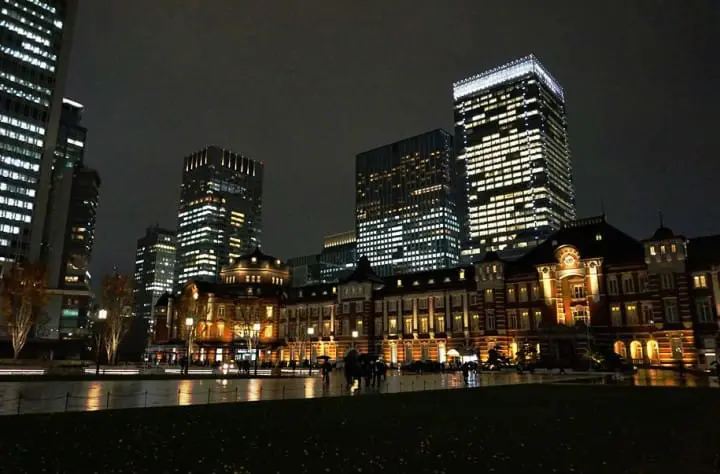
The largest station on the JR Yamanote Line is the gateway to Tokyo: Tokyo Station. Served by multiple train lines, Tokyo Station is also a Shinkansen (bullet train) station, providing access to nearby areas like Karuizawa, Lake Kawaguchiko, Nagano, and more. Don't forget that Tokyo Station is also a transportation hub for Tokyo Disneyland!
Tokyo Station was originally built in 1914 and later restored to its original appearance over the years. Besides its transportation functions, the station itself is an important tourist attraction.
First Avenue Tokyo Station
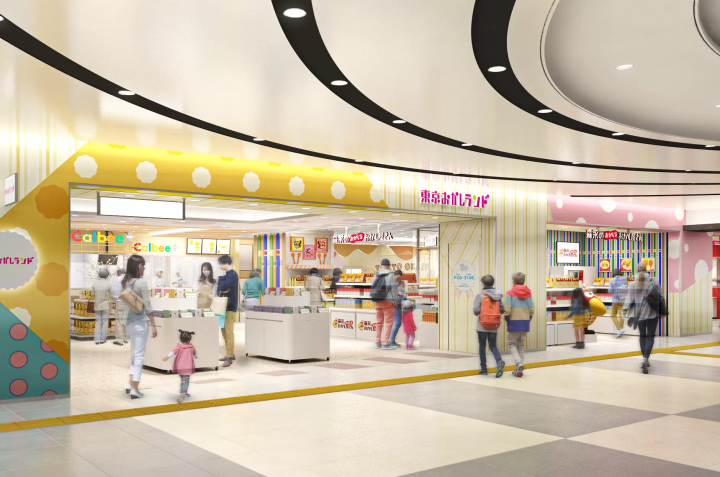
Tokyo Station connects to many underground streets and shopping malls. One is First Avenue Tokyo Station, which can be directly accessed from Yaesu Central Gate.
In addition to offering various souvenirs, it also houses the famous Tokyo Ramen Street with numerous renowned ramen shops. There's also Tokyo Character Street, featuring popular Japanese anime character merchandise, and Tokyo Okashi Land, a paradise for snack enthusiasts. The variety and range of options are incredibly abundant, allowing you to easily spend half a day exploring here!
Tokyo Midtown Yaesu

Tokyo Midtown Yaesu is a 45-story building and the third Midtown complex following Roppongi and Hibiya. The first to third floors serve as a department store, while the floors above 40 are occupied by the luxury accommodation Bulgari Hotel Tokyo. The remaining floors are used as office spaces.
With approximately 57 fashion brands, household goods, dining establishments, and a brand-new Bus Terminal Tokyo Yaesu on the second underground floor, Midtown Yaesu has become a popular shopping destination after opening in March 2023. It's also conveniently located across the street from Tokyo Station.
3. Shinjuku Station

Shinjuku Station holds the record for the highest daily passenger traffic in the world. Therefore, it is often regarded as one of the busiest places in Japan. It boasts numerous department stores, electronics shops, cinemas, and other commercial facilities.
The atmosphere differs significantly between the east and west exits of Shinjuku Station. The eastern area, including Kabukicho, is bustling with various shops and entertainment venues. Alternatively, the western area has more office buildings and the Tokyo Metropolitan Government Building, providing a relatively quieter environment.
Tokyu Kabukicho Tower

Opened in April 2023, the multifunctional entertainment facility Tokyu Kabukicho Tower has quickly become a popular spot to visit in Shinjuku! The exterior, designed with a fountain motif, is very eye-catching.
On the second floor, the Shinjuku Kabuki Hall-Kabukicho Yokocho features a gorgeous festival-like atmosphere created by neon lights. Each evening, various performances take place, making it a unique experience!
The facility also brings together restaurants, cinemas, theaters, and concert halls, operating almost 24 hours daily. This adds even more choices to the nightlife options during your Tokyo trip!
4. Shibuya Station
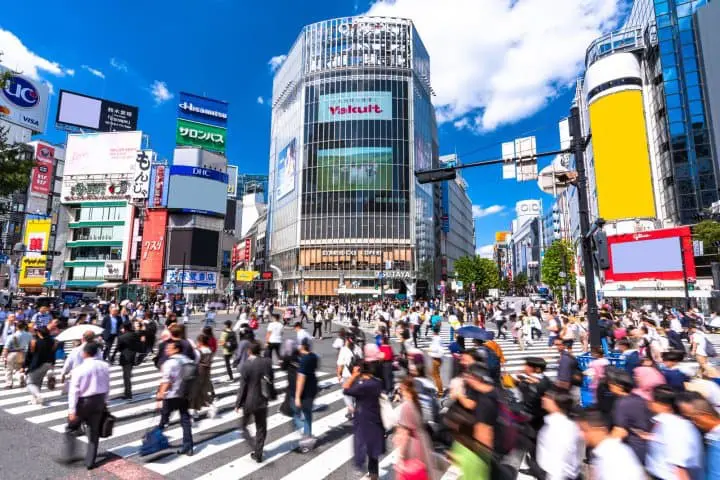
Shibuya Station is famous for its bustling intersection and the beloved Hachiko statue, attracting numerous domestic and international tourists. It's no surprise that Shibuya is renowned worldwide as a lively and vibrant district. Representing the "cutting edge of fashion," Shibuya has continuously developed in recent years, adding many new and unique attractions. It continues to reign as a popular tourist destination.
Shibuya Sky

The Shibuya Sky observatory is extremely popular, with admission tickets often sold out during peak hours. From the highest point of Shibuya, you can enjoy a 360-degree panoramic view of Tokyo in a transparent observation deck. On clear days, you can even see Tokyo Skytree and Tokyo Tower alongside Mount Fuji!
Moreover, the escalators and observation deck are popular spots for taking photos. If you visit in the late afternoon, you can enjoy the bustling daytime cityscape and stunning Tokyo city center at night resembling a starry sky. Make sure to book in advance to secure the best time slot!
Miyashita Park
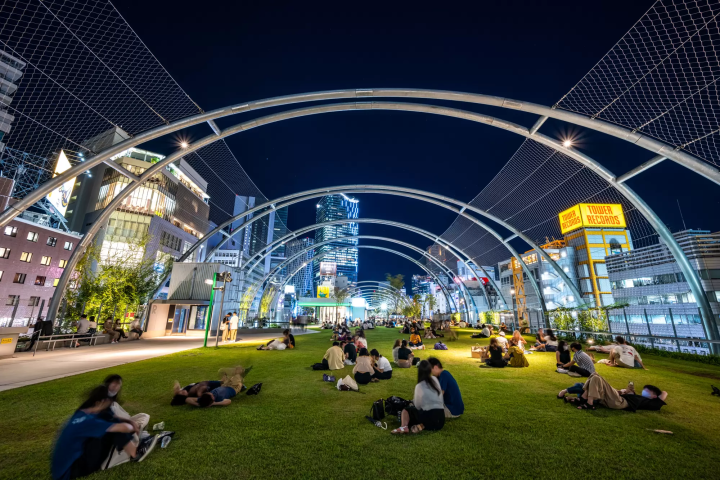
Miyashita Park in Shibuya has transformed from a park into a four-story space. In addition to shopping and dining establishments, it also features sports facilities, such as an ice-skating rink and a climbing wall.
On the spacious lawn area, you can sit down while having a cup of coffee. Or take a stroll around this mini oasis in the city. While shopping in the bustling center of Tokyo, you can enjoy a leisurely walk in the park-like atmosphere.
Read also
5. Ikebukuro Station

Ikebukuro Station is one of the major stations on the western side of Tokyo. The vast underground shopping streets connect the East Exit and the West Exit, each with a distinct atmosphere. Aside from being a popular place to stay, it is also a shopping paradise.
The Seibu and PARCO department stores, BicCamera, Don Quijote, and the Tobu department store on the West Exit offer a wide range of options for shopping. From here, you can easily transfer to various train lines, including the Tokyo Metro's Marunouchi Line, Fukutoshin Line, Yurakucho Line, Seibu Line, and Tobu Line, making it a very convenient transportation hub.
Sunshine City

When mentioning Ikebukuro, one cannot miss visiting Sunshine City located at the East Exit. It is a shopping complex and commercial facility that houses an aquarium, museum, and an observatory.
It has numerous stores and carefully designed entertainment facilities. Notable ones include the Konica Minolta Planetarium where you can stargaze while lying down, and the “flying penguin” performance that make these adorable animals appear like they're flying.
There is also the Sunshine 60 Tenbou-Park Observatory on the 60th floor where you can enjoy a spectacular view of Tokyo. It's a great place for families to visit, too!
Animate Ikebukuro Main Store

The renowned anime specialty store, Animate Ikebukuro Main Store, celebrated its 40th anniversary in 2023. Since re-opening in March, it has become the world's largest anime specialty store, spanning nine floors. In addition to manga magazines and anime merchandise, it also holds periodic limited exhibitions, making it a must-visit pilgrimage site for anime fans.
6. Ueno Station
Ueno Station is often the first stop for many people entering Tokyo after arriving in Japan. It is a popular destination for accommodations due to its convenient transportation routes.
This area is also known for its numerous art museums and galleries, including the National Museum of Western Art, the National Museum of Nature and Science, and the Ueno Royal Museum. It is a great place to explore cultural and artistic activities.
Ameya-Yokocho (Ameyoko)
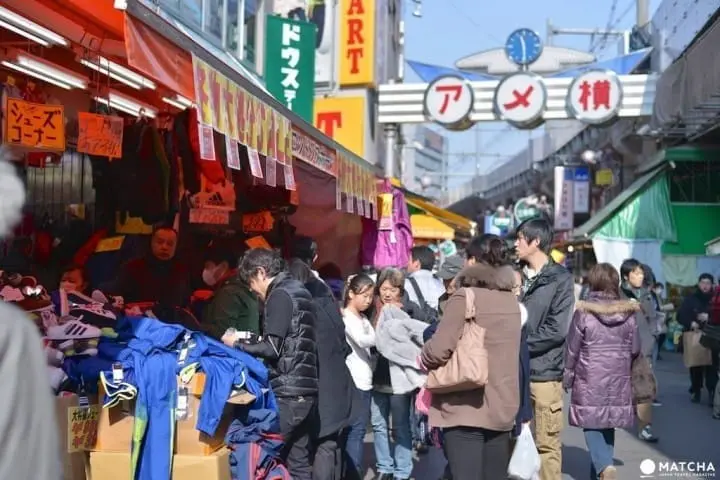
Ameya-Yokocho is a shopping street with over 400 shops and a history spanning 70 years. It is a must-visit spot for visitors to Ueno. In addition to budget-friendly street food and popular restaurants, there are many drugstores, clothing stores, and more!
It's a great place for enjoying local food, shopping, and leisure activities. The convenience of being located right outside the station is another reason behind its popularity!
Ueno Park
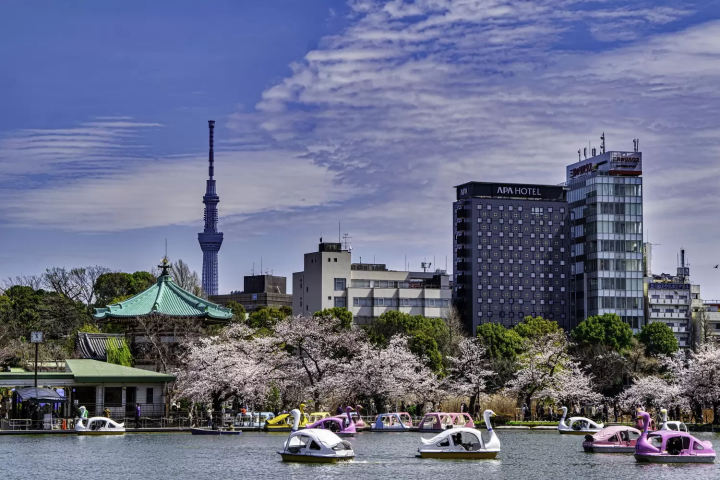
Ueno Park is a spacious park that houses multiple museums and the Ueno Zoo. It is also home to attractions such as Shinobazu Pond and the Five-Storied Pagoda (Goju-no-To). The park is especially famous for its beautiful cherry blossoms during spring.
7. Nippori Station
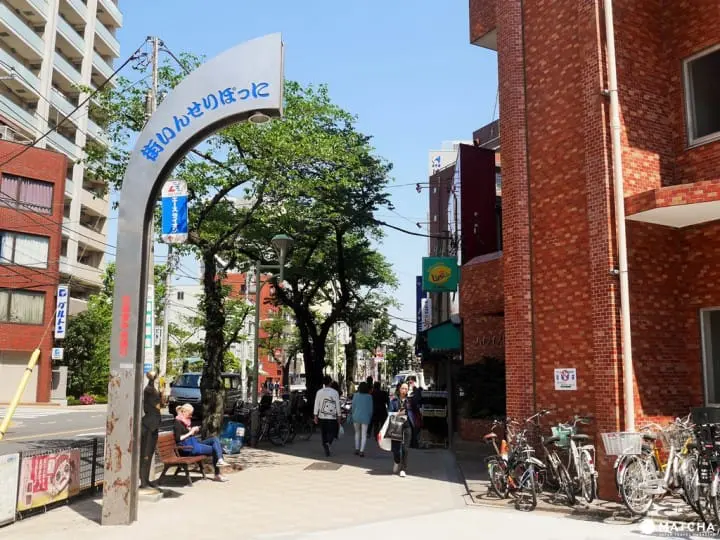
Nippori Station is a historic station along the Yamanote Line, often seen in movies and TV series. It has a warm and welcoming downtown atmosphere with retro streets. The transportation is convenient and not overly crowded. Plus, the unique shopping streets are part of its charm.
Yanaka Ginza
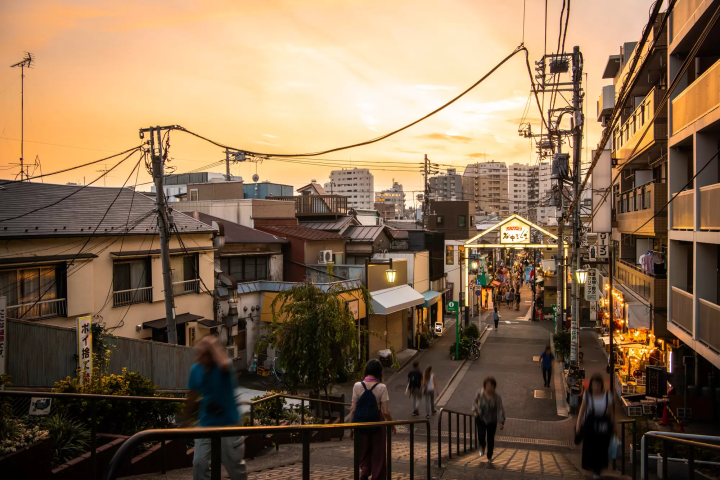
Just a six-minute walk straight from the west exit, you will first come across a sloping road known as Yuyake Dandan ("Sunset Staircase" in Japanese), where you can enjoy beautiful sunset views from the stair tops.
At the end of the road, you will find the archway of Yanaka Ginza, a shopping street with about 60 shops. It exudes a retro charm, becoming a popular destination for overseas tourists in recent years.
8. Takanawa Gateway Station
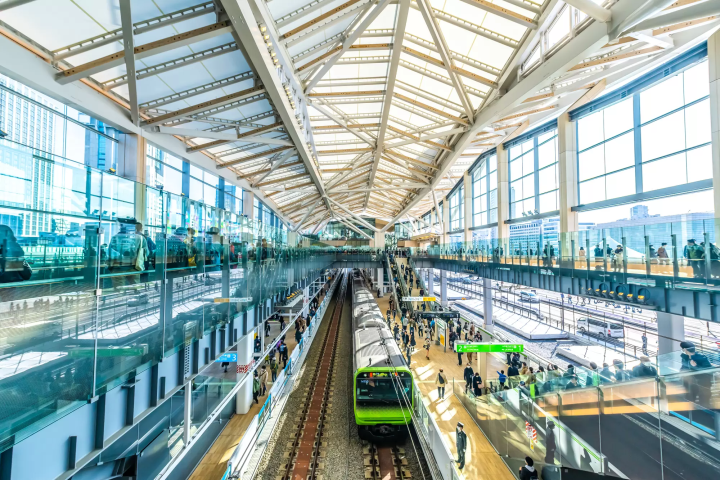
Takanawa Gateway Station is the 30th station added to the JR Yamanote Line. It garnered attention from a naming contest, with the station designed by renowned architect Kengo Kuma. The concept of the station's high ceiling roof, inspired by origami, is unique and innovative. It's no surprise that it's a highly talked-about station.
JR East has also used this station to experiment with new technologies, serving as a reference for the introduction of the latest station facilities. With features such as unmanned convenience stores alongside luggage-carrying and patrolling robots, the station has a futuristic feel and is highly recommended for a visit!
9. Akihabara Station
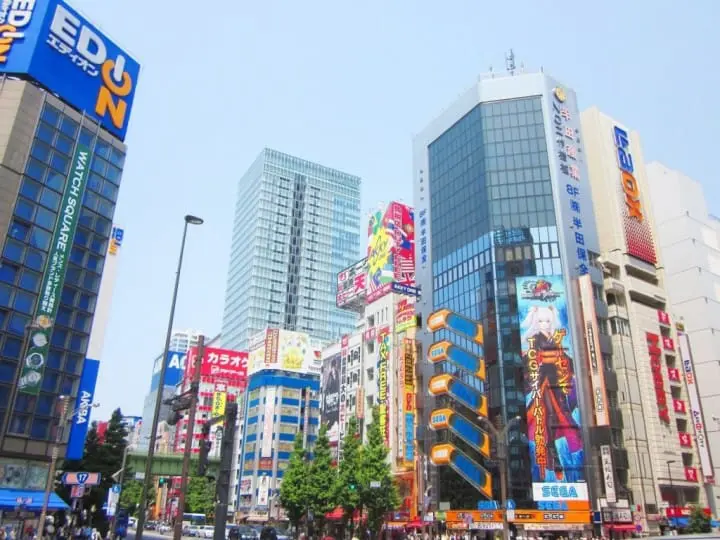
Akihabara is a famous electronics district that is also a subculture mecca for gamers and anime fans. It is home to many specialty stores for manga, games, and themed cafes. This must-visit destination is for those who want to experience otaku culture firsthand.
mAAch ecute Kanda Manseibashi
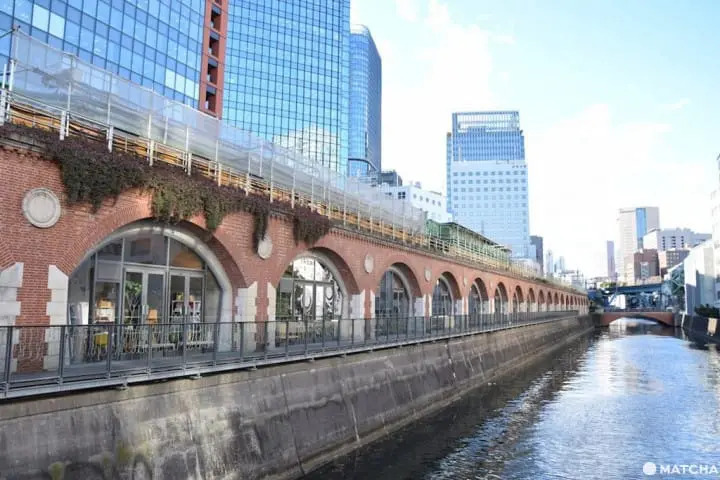
mAAch ecute Kanda Manseibashi is a facility complex that combines shopping and dining, located in the former Manseibashi Station, a red brick arched bridge structure dating back to 1943.
The original platform has been transformed into a glass observatory where you can get a close view of passing trains from both sides. The shopping area is located beside a river, creating a nostalgic atmosphere amidst the modern cityscape of Tokyo.
2k540 AKI-OKA ARTISAN
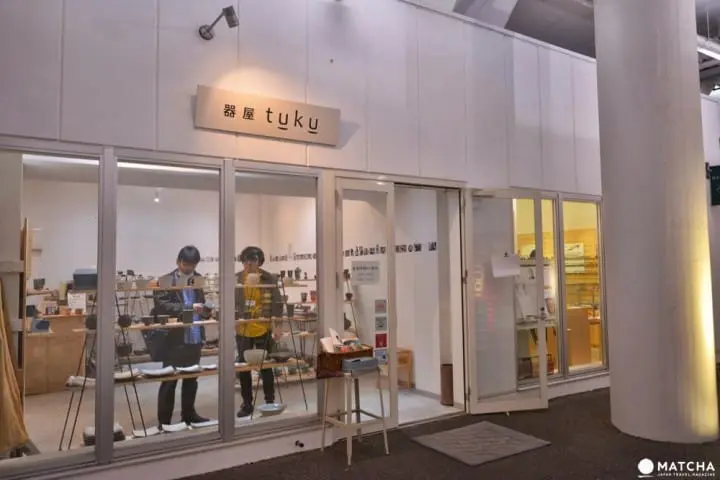
The name 2k540 AKI-OKA ARTISAN comes from railway terminology, representing the distance of 2.54 kilometers between Akihabara Station (AKI) and Okachimachi Station (OKA). Underneath the railway elevated bridge between these two stations, you can find up to 50 artisan workshops, galleries, and cafes to discover unique and one-of-a-kind souvenirs.
Read also
10. Shin-Okubo Station
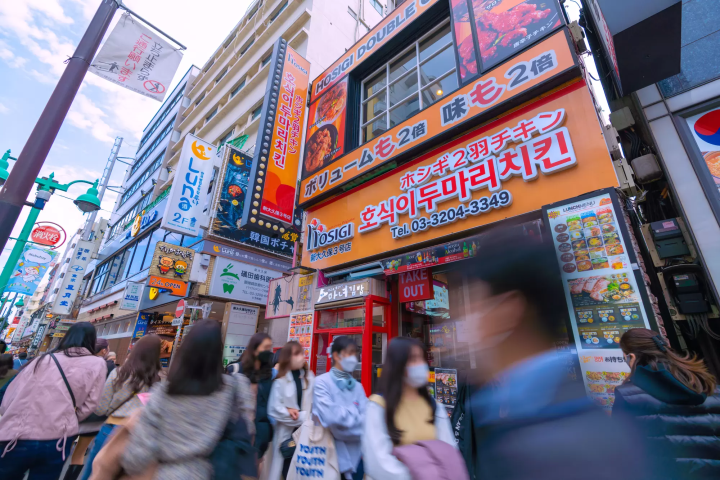
Shin-Okubo Station is just one stop away from Shinjuku Station and has only one entrance and exit. It is also well-known as Tokyo's Korean Town. You can find numerous Korean restaurants, cafes, idol merchandise stores, and Korean drugstores everywhere. The streets are also filled with K-pop music!
This is the place to be if you want to enjoy Korean cuisine in Tokyo. Recently, there has been an increase in immigrants from Southeast Asia and China, so there are many excellent Chinese restaurants and Indian cuisine. This station can be called a melting pot of diverse cultures.
Read also
Explore Tokyo Along the JR Yamanote Line!

The JR Yamanote Line is a popular train line used by many travelers during their trips to Tokyo. Next time, why not take a ride on the Yamanote Line and make a loop around Tokyo?
Pictures courtesy of Pixta













































![[Coupon Available] Attention Overseas Winter Sports Fans! Nagano's Sports Depot Has Evolved](https://resources.matcha-jp.com/resize/720x2000/2026/01/05-254819.webp)
![[2 hours from Tokyo ] 10 Quiet and Breathtaking Views of Mount Fuji in Yamanashi Hokuto City , Yamanashi - Part 2](https://resources.matcha-jp.com/resize/720x2000/2025/12/16-253037.webp)